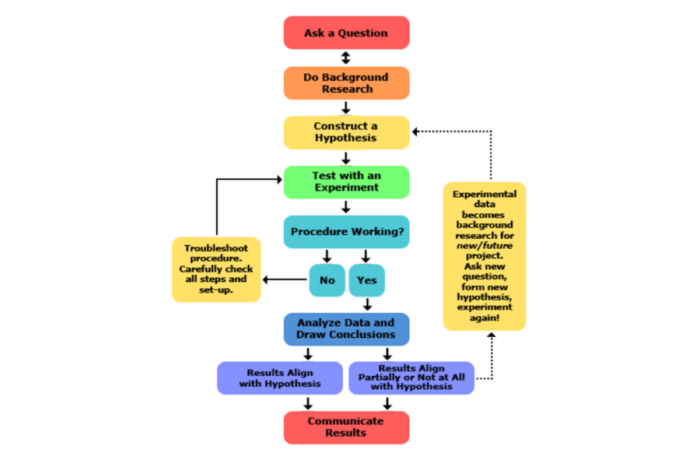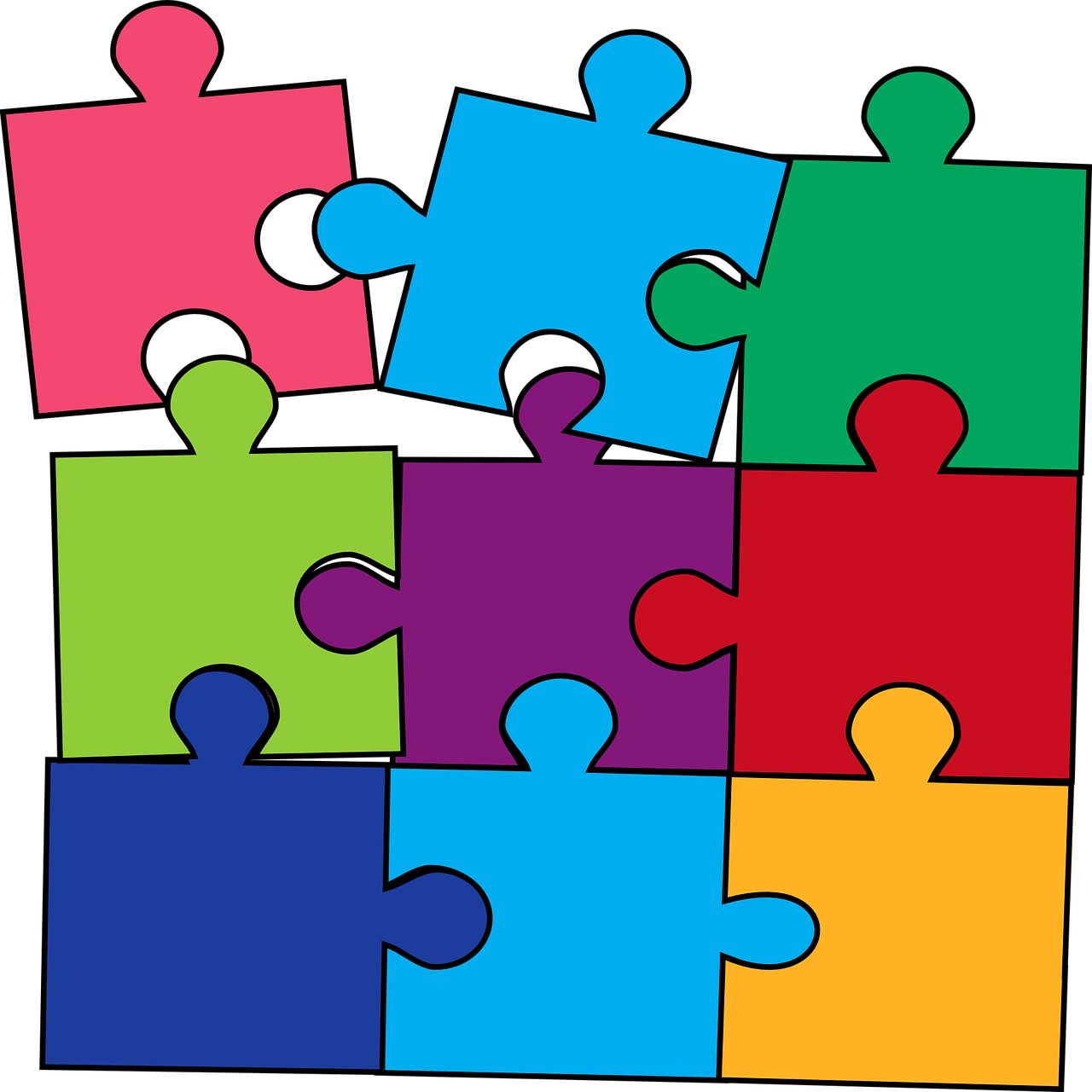By: Sujata Bhatt
You’re a mom. A dad. A grandparent or godparent or stepparent or close family friend. What do you want for the children you care about?
Are you truly excited that they get all ‘A’s’ and high scores on their SATs or ACTs? Is that the goal in life? Or do you want them to be able to make their way in the world, deal with ups and downs, pick themselves back up, and keep going forward in ways that help them and the world thrive?
As a mom, to the extent that I wanted the former, it was because I thought it would help with the latter. Good scores meant a good college which meant good opportunities which (hopefully) meant good life outcomes. Everything was a proxy for something else – for the next step in life.
But what about life itself?
My child is now 26. I look back and see the most important things are:
Can he take care of himself?
Does he know how to make decisions responsibly?
Can he get along with others?
Is he able to do things in the world?
Is he able to build happiness alone and in community?
I look back on the education he received. What, if anything, helped contribute to positive answers to this list of questions? Sadly, only three experiences stand out:
Competitive Soccer. Where he had to make hard choices about personal success vs. team success and how to get along with – and make things happen with – kids from a wild variety of different backgrounds. And enjoy their company. And learn from them. How to work hard – brutally, demandingly hard. How to celebrate success and pick yourself up from the misses and losses. And most importantly, how to show up day after day even when your mind and body were saying, ‘Do we really have to?’
Running an AirBnB. Where he learned how to make a business work. How to please customers, take responsibility for the product and service. Deal with problems and crises (why do showers break so often?). Look at revenue. Feel satisfied about getting Superhost status. Wanting to maintain Superhost status.
A Data Science Course in College. Where he learned how to scrape social media and use ArcGIS to build something he cared about: a map to the Nipsey Hussle memorial murals being created across the globe in the aftermath of the rapper’s murder. This was his way of taking pain and grief and transmuting it into tribute and community.
Note that there’s no mention of any core classes. Any traditional subjects that are the bread and butter of school. English. History. Math. Science.
Rather, each of the meaningful experiences were about the real world: about learning through doing, and doing via learning – in relation to other humans.
Core Subjects vs. Core Processes
The core subjects or disciplines have been with us for a long time. Their roots lie in the classical and medieval Trivium (grammar, rhetoric, and logic) and Quadrivium (arithmetic, geometry, music, and astronomy), modified in the 18th and 19th centuries as the scientific and industrial revolutions, as well as the nation-state and empire, expanded the number of disciplines needed to define (and conquer) the world. In those centuries we added biology and chemistry, algebra and calculus, anthropology and sociology, and foreign languages to the domains of knowledge.
Content knowledge is important. There is no doubt about that. But if your goal is to become something other than a college professor, you want to learn to do things with your content knowledge. To do things, you don’t just need to know ‘the what’ (content) but also ‘the how’, or, in other words, application processes.
In the past century, in addition to accumulating content, the human species has been busy building, testing, defining, and iterating on processes – systematic sequences of actions or methods – so that we don’t start from scratch every time we want to accomplish something.
Most of us learned the scientific method in school. It’s the process scientists use to produce and test scientific knowledge. Like the core subjects, it has ancient roots, updated by the Classical Islamic World, and then later Scientific Revolution and Enlightenment thinkers, with parallels in many other cultures.
In modern times processes and methods have grown even more prevalent.
A decade ago I started The Incubator School, an entrepreneurship-themed school in the Los Angeles Unified School District. It survived for four years before politics shut it down, despite it being one of the most diverse and highest-performing schools in the nation’s second-largest district. Back then, we began designing a school based on the clear evidence that kids want to learn in order to create value in the world, not to do well on middle school tests that led to high school tests that led to SATs and college tests and so on. Kids told us this. They were excited by learning when they could do things with it.
We tried to break out of the subjects/disciplines paradigm and look at what knowledge kids needed to make their way in the world. We came up with IncSchool Fundamentals, a processes map that emphasized something we called solutions thinking: human-centered design, engineering design, mathematical modeling, and lean startup processes or methodologies.
The table below outlines four key processes that can help young people create value in the real world. Through repeating these processes to solve different problems in different contexts requiring the acquisition of different content knowledge, kids start to feel competent. When faced with a new challenge, they have a repertoire of process tools in their toolbelt. They can use these processes to go from nothing to something because they’ve repeatedly applied them and they know how to learn what they don’t know (the content and context of the new situation they find themselves in).
Because these are the same basic processes adults are using, they can more easily grow into competent adults – rather than those interns you have to train from ground zero because although they know stuff, they don’t know how to do stuff.
Breaking Free of the Content-Based Organization of School
I spent some concentrated time with ChatGPT4o to model what this process focus could mean for rethinking the core content structure of schooling.
All too often competency-based schools rely on mapping key competencies (usually some variation of the Five Cs – Creativity, Critical Thinking, Collaboration, Communication, and Citizenship) onto project-based learning powered by some version of a design thinking process. I argue that we need more, more robust, and more rigorous processes – with supporting activities, competencies, and occupations mapped to them. The table below is a sketch of what this might look like.
Crosswalk of Core Processes with Key Competencies, Related Occupations
Core ProcessesSupporting ActivitiesKey CompetenciesRelated Occupations
(Professions expected to grow in the next decade are in bold)Human-Centered Design/Design ThinkingObservation and Research
Exploring Possibilities
Strategic Planning
Creative Ideation
Experimentation and Refinement
Implementation
Evaluation and CommunicationCreativity (Generating ideas, designing solutions)
Critical Thinking (Analyzing user needs, refining solutions)
Collaboration (Working with diverse teams)
Communication (Sharing ideas, receiving feedback)
Citizenship (Creating solutions that impact communities positively)UX/UI Designers and Product Designers
Architects
Educators
Marketing Strategists
Entrepreneurs
Graphic Designers
Interior Designers
Fashion Designers
Industrial Designers
Retail Store Managers
Carpenters
Tailors
Welders
Florists
Hairdressers
Event Planners
Customer Service Representatives
Sales Associates
Freelancers (Various Creative Fields)
Nurses
Social Workers
CounselorsLean Startup / EntrepreneurshipExploring Possibilities
Strategic Planning
Creative Ideation
Experimentation and Refinement
Implementation
Evaluation and CommunicationCritical Thinking (Evaluating market needs, testing hypotheses)
Creativity (Developing innovative business models)
Collaboration (Working with stakeholders and teams)
Communication (Pitching ideas, gathering feedback)
Citizenship (Building socially responsible businesses)Entrepreneurs
Business Analysts
Product Managers
Marketing Strategists
Growth Hackers
Sales Managers
Small Business Owners
Real Estate Agents
Insurance Agents
Construction Supervisors
General Contractors
Retail Store Managers
Social Media Managers
Freelancers
Plumbers
HVAC Technicians
Electricians
Auto Repair Technicians
Barbers
Food Truck Operators
Home Health Aides
Community Health WorkersEngineering DesignExploring Possibilities
Strategic Planning
Creative Ideation
Experimentation and Refinement
Implementation
Evaluation and CommunicationCritical Thinking (Analyzing technical challenges, refining designs)
Creativity (Innovating technical solutions)
Collaboration (Working with engineers, designers, and clients)
Communication (Presenting designs, documenting processes)
Citizenship (Ensuring designs meet societal needs)Mechanical Engineers
Civil Engineers
Electrical Engineers
Industrial Designers
Construction Managers
Welders
CNC Operators
Machinists
Drafting Technicians
Surveyors
Plumbers
Carpenters
Solar Photovoltaic Installers
Electricians
HVAC Technicians
Elevator Installers
Crane Operators
Heavy Equipment Operators
Cabinetmakers
Ironworkers
Occupational Therapists
Physical Therapy AssistantsScientific MethodObservation and Research
Experimentation and Refinement
Evaluation and CommunicationCritical Thinking (Hypothesis testing, data analysis)
Collaboration (Working in research teams, peer review)
Communication (Publishing findings, presenting results)
Creativity (Designing experiments)
Citizenship (Conducting ethical research)Scientists (Biologists, Chemists, Physicists)
Medical Researchers
Environmental Scientists
Data Scientists
Lab Technicians
Quality Control Inspectors
Veterinary Technicians
Food Safety Inspectors
Forensic Technicians
Industrial Hygiene Technicians
Water Treatment Operators
Waste Management Technicians
Fire Inspectors
Process Technicians
Environmental Compliance Inspectors
Pharmacy Technicians
Clinical Laboratory Technicians
Pest Control Workers
Material Testers
Pharmaceutical Sales Representatives
Dietitians
Speech-Language PathologistsSystems ThinkingObservation and Research
Exploring Possibilities
Strategic Planning
Evaluation and CommunicationCritical Thinking (Analyzing complex systems)
Collaboration (Engaging multiple stakeholders)
Creativity (Envisioning systemic solutions)
Communication (Explaining system dynamics)
Citizenship (Addressing societal and environmental impacts)Environmental Scientists
Urban Planners
Systems Analysts
Policy Makers
Economists
Supply Chain Managers
Operations Managers
Logistics Coordinators
Quality Assurance Managers
Sustainability Coordinators
Industrial Production Managers
Facility Managers
Public Health Officials
Occupational Health and Safety Specialists
Fire Chiefs
Emergency Management Directors
Energy Managers
Water Resource Specialists
Environmental Compliance Specialists
Community Development Officers
Case Managers
Public Health NursesMathematical ModelingStrategic Planning
Evaluation and CommunicationCritical Thinking (Developing and interpreting models)
Collaboration (Working with domain experts)
Communication (Explaining model results)
Creativity (Applying models to new problems)Mathematicians
Data Scientists
Economists
Operations Research Analysts
Financial Analysts
Statisticians
Actuaries
Market Research Analysts
Logistics Analysts
Risk Management Specialists
Credit Analysts
Financial Planners
Cost Estimators
Budget Analysts
Insurance Underwriters
Accountants
Loan Officers
Fraud Examiners
Investment Analysts
Survey Researchers
Health Information TechniciansCreative ProcessInspiration and Idea Generation
Concept Development
Design and Pre-Production
Creation and Production
Feedback and Revision
Finalization
Presentation and Distribution
Reflection and Learning
Creativity (Generating and refining ideas)
Critical Thinking (Evaluating and iterating concepts)
Collaboration (Working with teams, gathering feedback)
Communication (Conveying ideas, presenting work)
Citizenship (Creating works that impact society or culture)Filmmakers
Writers
Visual Artists
Musicians
Graphic Designers
Animators
Editors
Sound Designers
Set Designers
Fashion Designers
Photographers
Art Directors
Illustrators
Video Game Designers
Screenwriters
Theater Directors
Cinematographers
Craftspersons
Independent Creators
Performing Artists
This is a clear roadmap from a finite set of processes expanding outwards to the key supporting activities those processes entail, to how those processes and activities grow the five core competencies, and last but certainly not least what careers and professions use them. I specifically asked ChatGPT4o for 20 occupations per row, with a mix of hands-on, caring, technical, and high-growth professions. Of course, there are many more.
When I asked it for ‘core creation processes’ that cut across occupations, ChatGPT4o also suggested some other more specialized ones such as Agile Development (Scrum/Kanban), Digital Transformation, Six Sigma, Service Design, and Supply Chain Management.
You could imagine 15-25-year-olds choosing to explore these as they became more comfortable applying some of the more crosscutting ones, as they understand their own interests better, and as they become ever more aware of what sorts of things they do (and don’t) want to do in the world. And along the way, they’ll pick up the content they need to get things done.
As the world changes, particularly with the implementation of AI in all aspects of work, these processes may shift and new processes may become important. The future is not going to be constant, and grounding an education system in process rather than content can enable agility.
Sujata Bhatt is the Founder & CEO of Incubate Learning, Social Entrepreneur in Residence at Ward Infinity at Johns Hopkins University + Medicine, and Capstone faculty in the Education Entrepreneurship M.S.Ed program at the University of Pennsylvania Graduate School of Education
This blog series is sponsored by LearnerStudio, a non-profit organization accelerating progress towards a future of learning where young people are inspired and prepared to thrive in the Age of AI – as individuals, in careers, in their communities and our democracy.
Curation of this series is led by Sujata Bhatt, founder of Incubate Learning, which is focused on reconnecting humans to their love of learning and creating.
The post How to Design Schools to Grow Thriving Adults: A Provocation appeared first on Getting Smart.
Explore the essential processes in education that foster real-world competencies to help students become thriving adults, beyond traditional core subjects.
The post How to Design Schools to Grow Thriving Adults: A Provocation appeared first on Getting Smart. Competency-Based Education, New Pathways, SEL & Mindset, career readiness, H3, new learning models, Social-Emotional Learning Getting Smart









